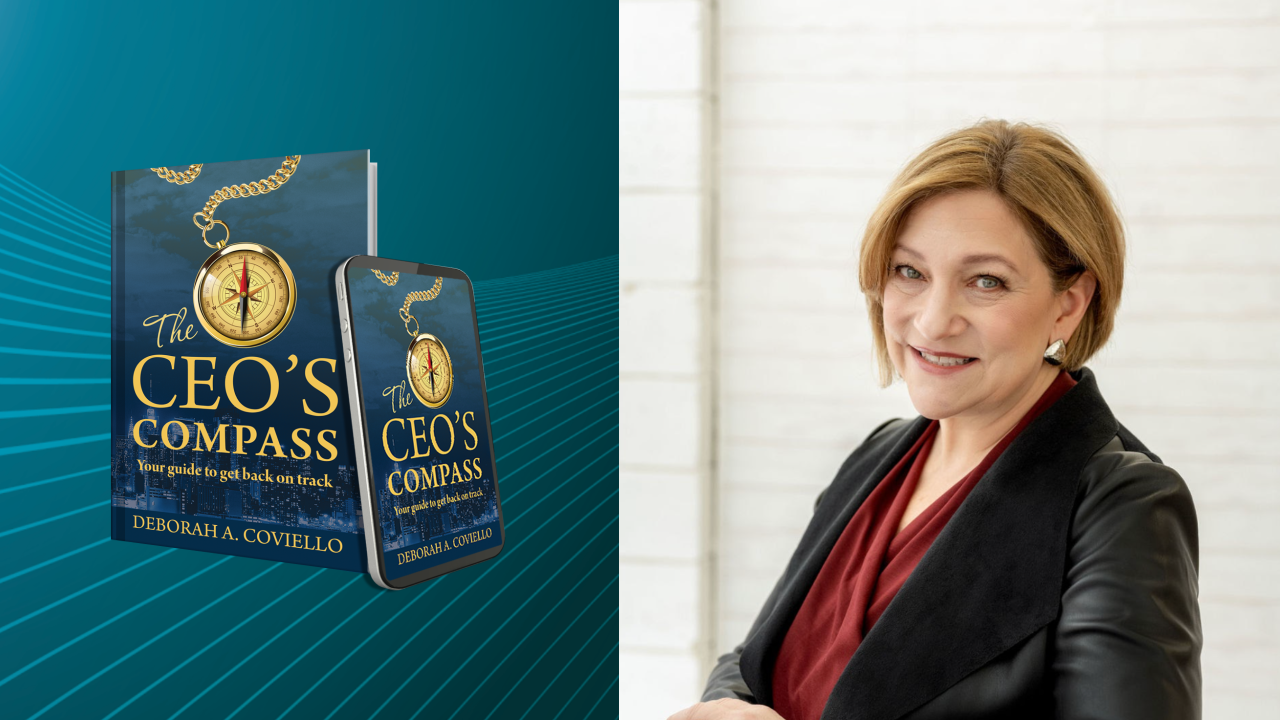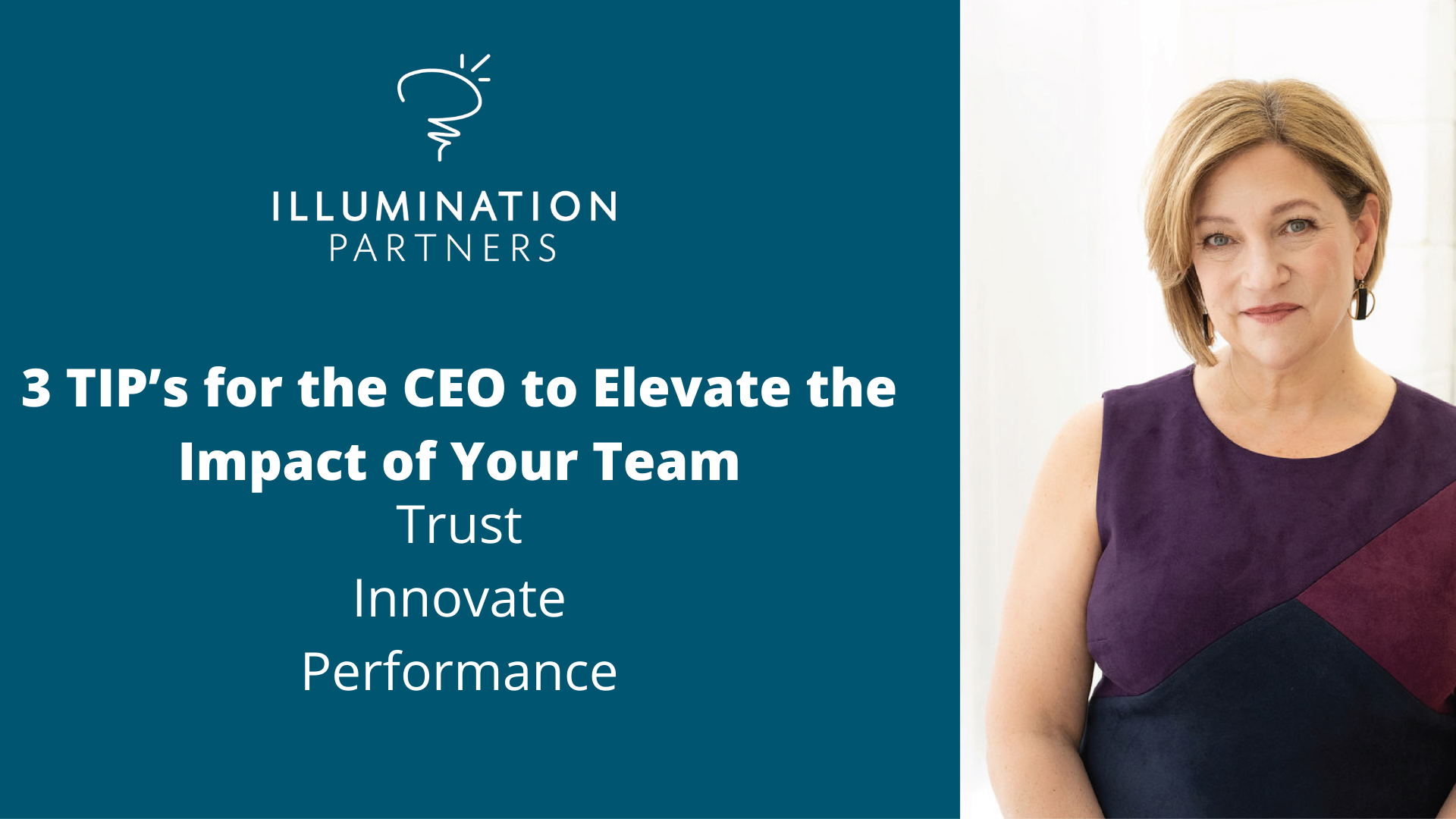Did you wake up one morning and realize you were ready to lead a successful company? Me either.
In fact, the more knowledgable I’ve become over the years, the more I realize that I’ve never been inherently ready for anything – and neither are your emerging leaders.
Leadership is a process, and at any given moment your skilled employees are on their own (very unique) journey to becoming the leader you need them to be. It’s up to you to recognize where they are in that journey and know how to support them.
If leadership were a fire, it would start with a spark, then develop a slow burn and finally ignite into a flame that is unstoppable. If we break the process down into these phases, there are a few not so typical characteristics that you can look out for.
Type 1 – The Spark
Characteristics:
- They’re labeled as difficult.
- People roll their eyes when this individual speaks.
- People avoid speaking to them because they know it may be work they have to do.
- People come to you and complain about this person and they now become your problem.
What do you do? This is the time most leaders develop a performance improvement plan, hand the person off to HR or simply ignore them.
In Practice:
I’m saddened to know countless people go unacknowledged because true leadership does not recognize the leaders of tomorrow. These people are restless. They have ideas about how things should be. They vocalize their thoughts that are often not popular only to be smothered by disinterest or avoidance because it may be work or things will change.
Every new idea and change comes with effort, but I ask are you willing to listen and truly see the spark that person brings to your organization. Their ideas may be rough, but under your leadership you could refine the message and help the individual to position their thoughts and energy into a positive impact.
I saw this person in my last consulting assignment, a highly talented food safety specialist. I worked with them to channel their energy into messages that spoke the language of business or that of the individual they were speaking to. I mentored them to speak more concisely about concepts. I taught them to find the best time / approach to communicating with people as everyone is different. I helped them to regain their confidence in their technical expertise as they found their way to more effectively communicate and to start to effect change. This person had a beautiful spark and I found a way to keep it shining bright.
What do you do with this “difficult” person? Your role as a leader to see leadership before everyone else sees it and it starts with that person with a little spark. Don’t let others smother it.
Type 2 – The Slow Burn
Characteristics:
- They come to your office and start writing on your whiteboard a new approach to an existing problem.
- They’re so wrapped up in the concept and story telling, they appear lost in their world of trying to convince you of a new way.
- They’re frustrated with their current role and are not delivering yet they have time to share new ideas with you and are energized by it.
You appreciate the well thought out concept, but are distracted by the fact they’re not meeting their performance objectives.
In Practice:
I saw this person in my office and I was exhilarated with a new way of thinking to help leaders get to a deeper level of thinking when it came to root cause analysis. As we tested the idea and then applied it to the real world crisis, we uncovered a major global system flaw in some ERP software where in the past, a band aid would have been applied in the past. This person was so energized by the work to a fault that some of their other responsibilities did falter a bit, but I’m thrilled this person found a new calling that could impact the business on a greater scale.
That person later resigned to a calling of being a plant manager at another company. When they handed in their resignation, they said the work would allow him to impact so many more people on a greater scale now that he had found his passion to teach and help others to solve problems.
So I ask you what do you do? This “Slow Burn” can have a tremendous impact on your organization if you provide them the time and mentorship to revolutionize how you do business. I won’t lie to you, but it takes a lot of work to harness this immense potential into something that can create a lasting impact on the organization. It takes an open door policy to support them with monthly 1:1’s to help them to evolve their process and to something that raises them to a level of leadership that is no longer taxing to your energy, but something that creates energy. The question you need to ask yourself is are you willing to invest the time? And if not you, with whom?
Type 3 – The Igniter
Characteristics:
- They’re your highest performers that make you feel comfortable and you look good because they are so good at their work.
- You don’t have to worry about them, therefore you don’t spend much time thinking about developing their career.
You give them a target performance review and when they ask you for feedback, you draw a blank and say you’ll give it some thought and get back to them. They shut the door on their way out and with that, you’ve forever lost your best performer.
In Practice:
Your star performers who are highly aware of their performance are always seeking to improve are the ones you have to watch out for. Sure, they’re probably promotion material and top of mind for new projects, but they’re a smoldering fire waiting to Ignite. They’re either going to fall into a confidence deficit, start working themselves to the bone thinking that will get them ahead or before you know it, they leave you and then you wonder why.
Whether you realize it or not, they’ve already mentally left you and while they continue to do their work to the highest quality, they’ve been seeking support from other people. I know because they’re being mentored by myself. They’re in my Human Centric Leadership Academy, signed up to be a mentor through a professional organziation or are consuming my content on social media and the podcast. It’s only a matter of time, they ignite themselves into a new role or company and you never saw it coming.
What should you do? I might propose the first step is to truly “see” these people vs. taking them for granted. They are your future leaders and by not supporting them, your investment will be lost by having to pick up what could later be poor performance or they leave the company. If you realize this is an opportunity, do you have the capacity to provide this to maintain your top performers? Do you need someone to partner with you? I challenge you to ask yourself these questions and if any of these are “yes”, I’d love to connect with you and start a conversation.
It first starts with a conversation to discuss how you can keep the “spark”, the “slow burn” or the “igniter” people in your organization and protect your investments. Until we meet, promise yourself some time to “see” these people and see if you have a different view of their potential after reading this article. I suspect you have talent that is untapped and you can be the one to help them to leave a lasting impact.
Let’s talk! I’d love to support you in discovering your untapped talent on your team.-Deb











